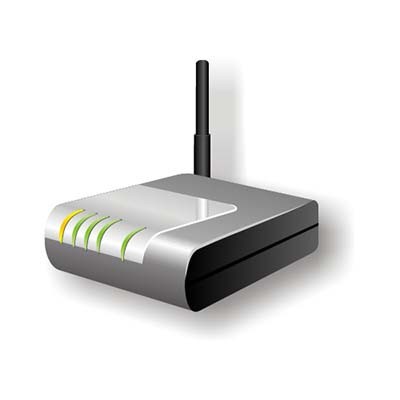Poweron Technology Blog
Your network is a crucial part of your business, insofar as it is quite literally what powers your operations and enables you to work productively… at least, most of the time. Unfortunately, there is always the risk of a network bottleneck, or a limited capacity for data to move due to a lack of available bandwidth. So, how can these bottlenecks be avoided?
“I just wanted to take a second to thank the sponsor of this video, [insert VPN provider here], for supporting the channel!”
If you’ve been on YouTube in the past few years, this message likely sounds pretty familiar. Virtual private network providers have been taking advantage of the trend of influencer marketing to spread awareness of their largely obscure product—often, offering an enticing deal. While we have and will continue to promote the use of a VPN for business purposes, we wanted to clarify something here: these are not the VPNs we’re saying you should use.
Have you ever wondered why it sometimes takes longer than you might expect for certain tasks to be accomplished with your business’ network? It turns out that technology is far from a simple thing, and small issues can seriously derail productivity and efficiency of complex information systems, one of which is the notorious network bottleneck. How can you identify and rectify this issue for your network?
The blockchain has made quite a splash, beginning as the technology that powers Bitcoin before branching out into different use cases that many businesses are already taking advantage of. Let’s go over the benefits—and shortcomings—of the various varieties that blockchain now comes in, and how they are commonly used.
Broadband Internet access is a critical consideration for today’s world, considering how much of daily life and business is now conducted online. Having said that, Internet access is still far from a given. In the United States, the Federal Communications Commission wants to work to fix this—but to do so, they need data. To help collect this data, the FCC wants you to install a speed test application on your smartphone.
Today, most businesses (and homes) depend on their Wi-Fi. It provides a lot more flexibility and value than a wired connection in many instances simply because people use a lot of wireless devices today. Today’s wireless internet is easier to install, is faster than ever, and works to protect network security better than ever before, once it is set up correctly. Today, we’ll give you a few tips you should know on how to successfully implement a Wi-Fi platform.
When creating an office’s network, wireless functionality has become a necessary element to include. Of course, this is usually easier said than done, as wireless signals can be notoriously persnickety. That’s why we’re offering some tips to help you make the most of your business’ wireless network setup.
The Windows operating system has different settings for connecting to different networks. While this may seem like a minor detail, it actually can have considerable ramifications to your cybersecurity, not to mention that of your business. For this week’s tip, we’ll discuss how to use your network profile to stay secure, based on your situation.
The reliance the modern business has on its IT cannot be understated. As a result, to keep their computing network and infrastructure running efficiently, companies need to have a network and cybersecurity policy in place. With the development and use of organizational computer networks with multiple endpoints, understanding the basics of network security is helpful when implementing and employing network security systems. Today, we take a look at the parts of your network, their functions, and what you need to do to protect them.
The more that people depend on mobile devices and portable computers to get work done, the more businesses have to consider how to manage their organization’s wireless network. The router is the piece of hardware that makes the wireless network possible. Today, we will talk a little bit about the router and how its configuration can dictate the strength, reliability, and security of your business’ wireless network.















